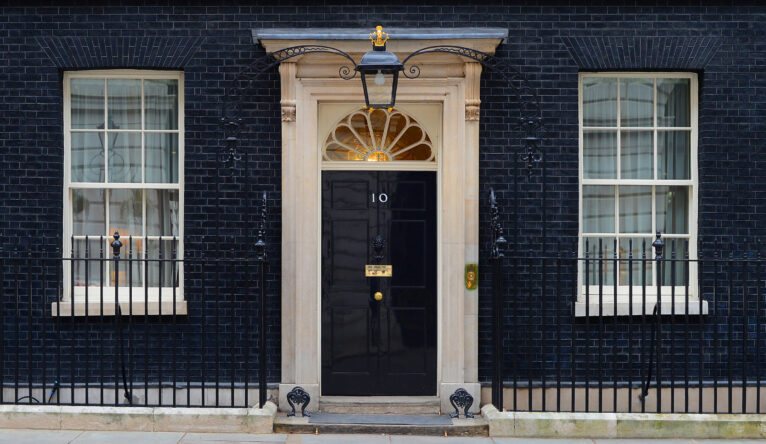Making sense of the Green Day

Last Thursday, badged as ‘Green Day’, the UK government unleashed a wave of energy policy announcements in a huge range of areas, from subsidies for heat pumps to moving new oil field developments forward to reforming the electricity market. Altogether 44 documents comprising 2,840 pages were published, including a Powering up Britain summary, but amongst all the detail a few key themes stood out.
First, there was little new funding, and many of the policies had been previously announced. In particular, there was nothing of the ambition of Biden’s Inflation Reduction Act or the EU’s Net Zero Industry Act. The Shadow Secretary of State for Climate and Net Zero, Ed Miliband, accused the government of missing out on a global race for clean jobs and industries. The government even admitted that the plan would not actually meet the requirements of the fifth carbon budget.
Second, despite the fears of some, the ‘green’ theme was not crowded out by a focus on energy security. The initiative was not targeted at oil and gas executives, there were ambitions such as a huge expansion of solar (although how this is to be done is to be relegated to a taskforce) and the phase-out of new petrol and diesel cars was not pushed back, despite the EU’s carve out for e-fuels in its own phase-out.
However, despite claiming to address both decarbonisation and energy security, certain measures that would obviously help with both were largely missing, such as a meaningful scale up of energy efficiency retrofits and the return of onshore wind. Conversely, the Rosebank oil field development which will progress to the next stage, will have a deleterious impact on carbon budgets, while not necessarily help Britain’s energy security because the oil produced will be sold into a global market.
With a lack of both new money and coherence, the Green Day, while ostensibly a response to a legal challenge, felt led as much by politics as by policy. There is something for most lobbies, and a message to hard pressed voters in Red Wall seats about bringing energy costs down.
However, one policy that does seem important for the government is carbon capture and storage (CCS), to which it signaled a ‘world leading commitment’, on the back of the announcement in the Budget of £20 billion of support for CCS over the next 20 years. CCS helps meet net zero targets in areas like heavy industry, but also allows the continued use of natural gas as a feedstock for so-called ‘blue’ hydrogen.
The increasingly central role of CCS in the government’s approach is partly due to the fact that Britain (like Norway) has subsea geological storage options that the rest of Europe doesn’t have, but is also because of a strong and broad-based lobby, which includes oil and gas majors. However, CCS brings risks. Much commentary focuses on the fact that the technology has not been tested at scale, but there is also a different kind of risk, especially with the use of CCS on the production of blue hydrogen (three out of the eight of the new CCS projects announced on Green Day are for hydrogen production).
If the EU adopts green hydrogen, produced from renewable electricity via electrolysis, as a standard for the basis of low-carbon industrial products, and embeds this approach in its carbon border adjustments, then there is a danger that UK industries using blue hydrogen would not be able to access our largest trading partner, or at best to have to pay a tax to do so. In part due, ironically, to the strength of the green hydrogen lobby in the EU, this seems likely to happen.
Much of Britain’s post-Brexit energy and climate policy is evolving in parallel with that of the EU. Both are trying to grow renewables, and the efforts of both to reform electricity markets have been accelerated by the gas crisis following Russia’s invasion of Ukraine. But areas such as CCS start to open up divergence in approaches, and where such divergence interacts with trade, tensions on what really counts as net zero will grow in significance over time. In this sense, the Green Day policy splurge may be a sign of things to come.




